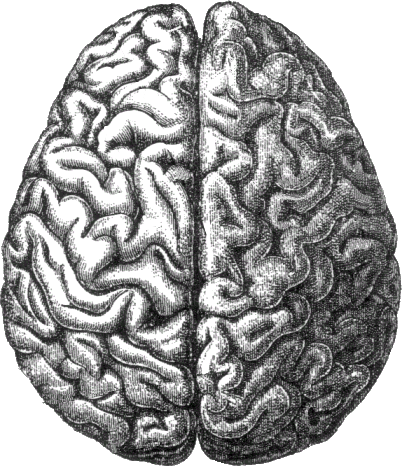Carrying Out a Split-Brain Experiment
Read through the account of the split-brain experiments below
and type the correct words into each space.
nerve tissue • spoken word • left visual field • cerebral hemispheres • impairment • epileptic seizures • right hemisphere • process • left hand • right motor cortex • left • corpus callosum • left hemisphere
During split-brain surgery, the of patients is cut through, which severs the communication between the two . Disconnecting the two hemispheres of the brain has been found to reduce the severity of in severe cases, where other medical procedures have proved to be ineffective.
The corpus callosum is a band of that allows the right and left hemispheres of the brain to communicate with each other.
 Sperry began a series of experiments on split-brain patients in 1965. Initially, the patients appeared to have no in everyday life situations, yet in controlled laboratory experiments, the effects of the procedure they had undergone became clearer.
Sperry began a series of experiments on split-brain patients in 1965. Initially, the patients appeared to have no in everyday life situations, yet in controlled laboratory experiments, the effects of the procedure they had undergone became clearer.
The area of the brain that is responsible for speech is the . Patients who had a picture of an object flashed to their (that is, to the left of a dot in the middle of a screen placed before them) were unable to identify the object by saying its name.
The reason is that what is displayed to one's left visual field is sent to the of the brain. Patients who have no means of communication between the two hemispheres can receive the information about the image, yet cannot say what it is. Yet with the (which is controlled by the right motor cortex), they are able to reach behind the partition and identify the correct physical object.
The variant of the split-brain experiments shown in the video below is introduced by Sperry's assistant, Gazzaniga. The patient is asked to focus on a point in the middle of a screen. The pictures or words projected to the of this point cannot be named by the patient, since the information about them is sent to his disconnected right cerebral hemisphere. Yet he can draw them with his left hand, which is controlled by his .
Clearly, split-brain patients were able to the information about what they had seen and identify the correct object. Yet they could not translate this "knowledge" into a .
An example of a split-brain experiment: